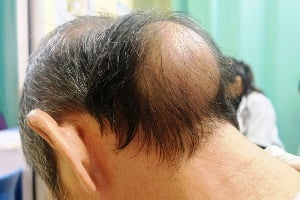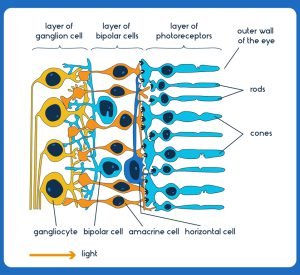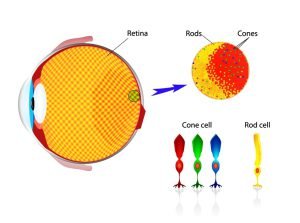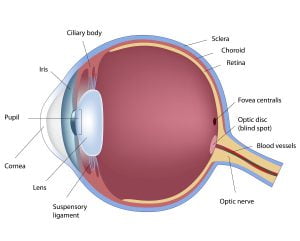Browsing: Retinal Detachment Graphics
Comprehensive Information, Resources, and Support on Retinal Detachment
Thickness of retinal layer is about 0.5 mm. Retina is connected to the brain by the optic nerve. The retina is composed of the photoreceptor layer which contains cell bodies of the rods and cones, the nuclear layer contains cell bodies of the amacrine, bipolar and horizontal cells and the ganglion cell layer contains cell bodies of ganglion cells and displaced amacrine cells. Damage to retina may cause permanent blindness. Retinal detachment can occur in such cases as the retina is abnormally detached from its usual position. When retina doesn’t receive and process light, the brain doesn’t receive any information and causes blindness.
A photoreceptor cell is a special type of neuron found in the retina which is responsible for converting light into signals that stimulates biological processes. These signals are are sent to the brain through optic nerve for the formation of images. Photoreceptor cells in the retina are classified as rods and cones. Rods work in dim and dark light and cones allow us to gather visual detail and color in bright light. Retinal detachment is a major problem which causes damage to retina. In this condition, the retina at the back of the eye is pulled away from its normal position. The retinal cells are then separated from the layer of blood vessels that provide oxygen and nourishment. Retinal detachment leads to the death of photoreceptor cells which might lead to visual loss.
The eye is our organ of sight. The eye has a number of components which include but are not limited to the cornea, iris, pupil, lens, retina, macula, optic nerve, choroid and vitreous.
ADVERTISEMENT






